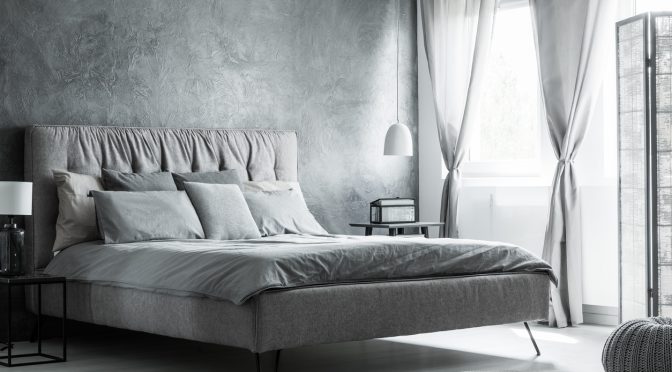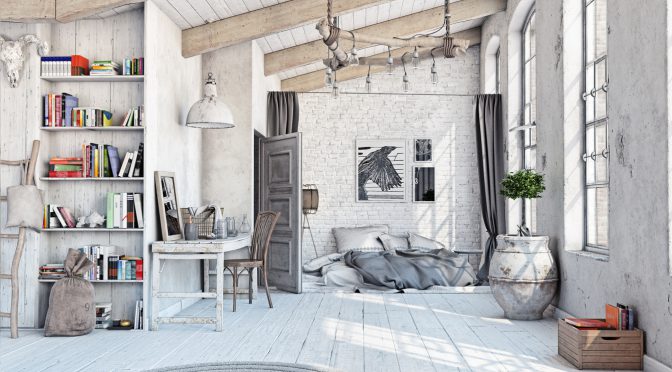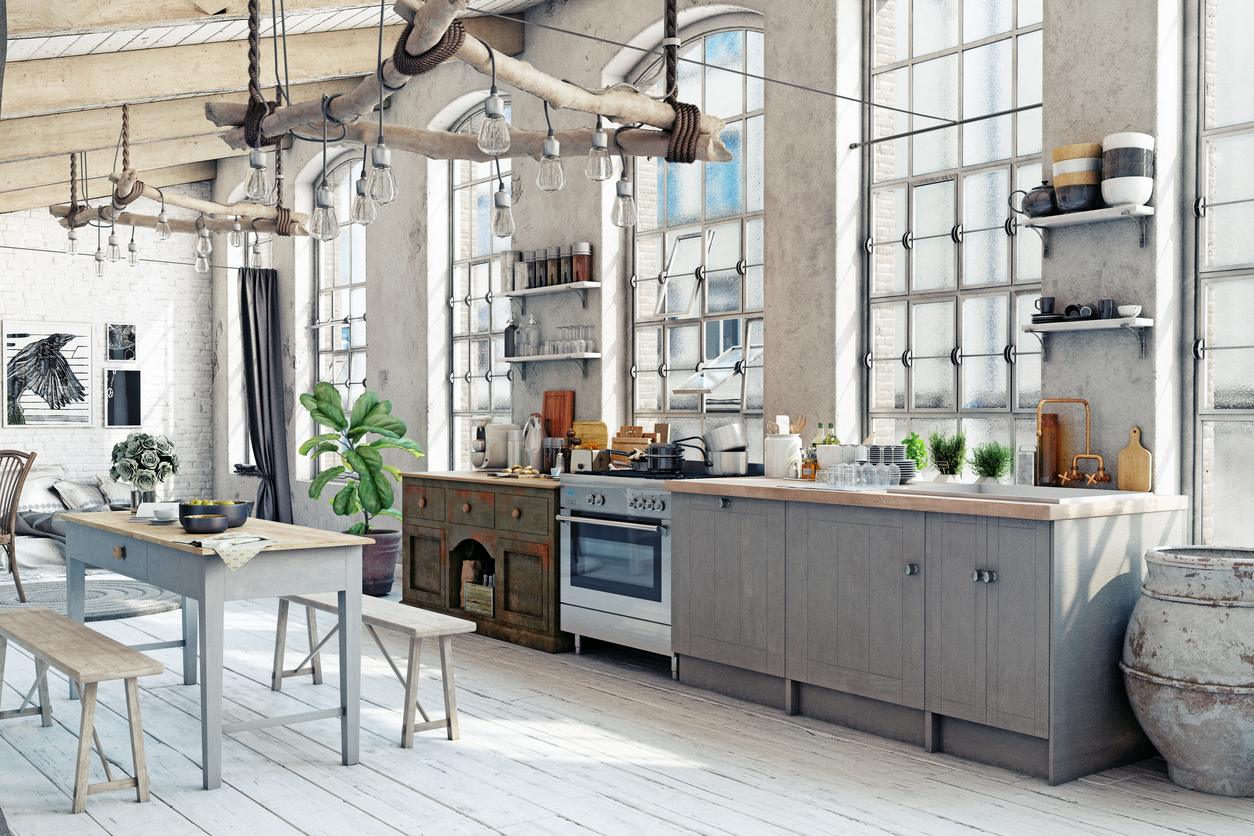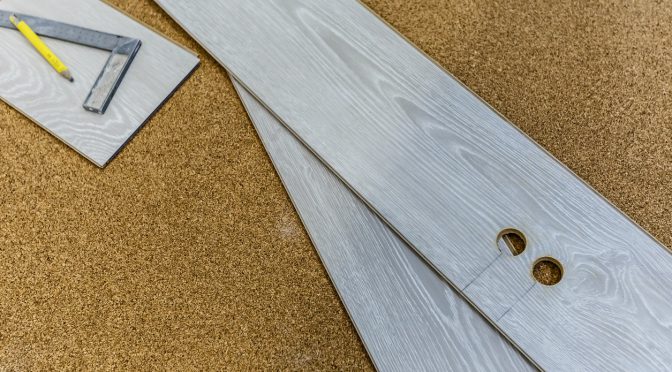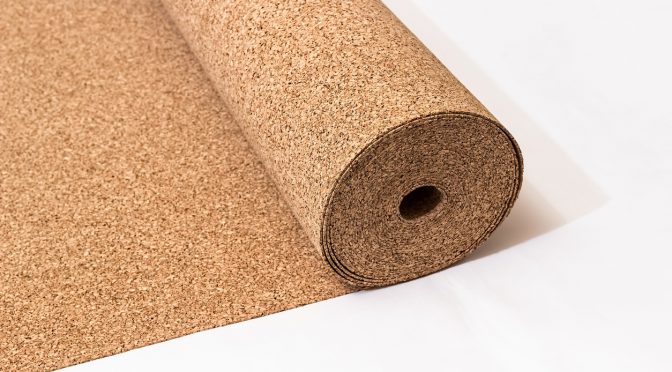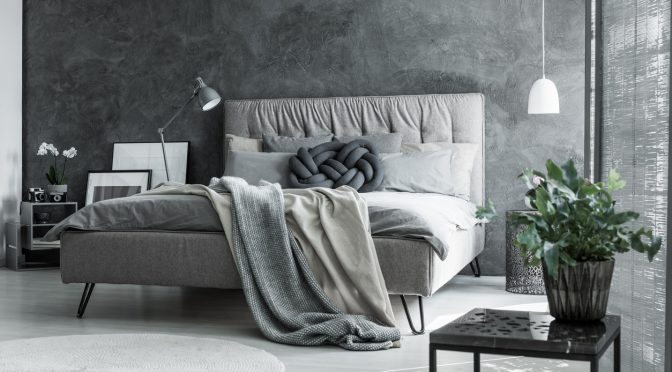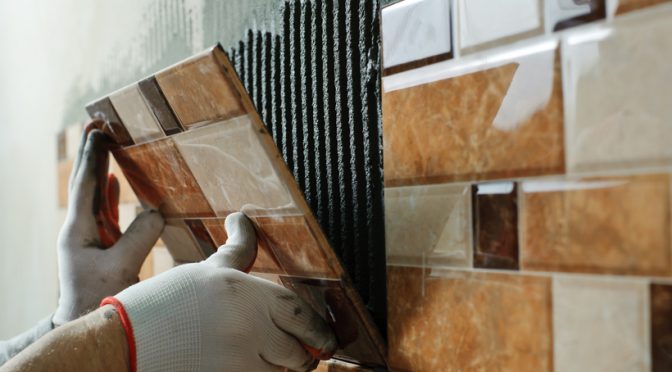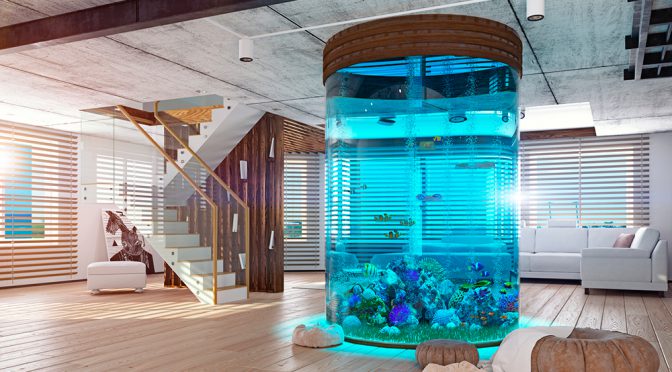Imagine a blue colour throughout a bathroom; an all-white dining room; a completely yellow bedroom; and, a lounging area dressed in green, from floor to ceiling. This includes the walls, floor, ceiling, and even the furniture and fabrics. Intriguing, don’t you think?
No matter the colour you choose, a monochrome colour scheme always makes a striking impression. We are left speechless in front of such harmony. Let’s face it: it’s perfect harmony, but you have to be bold to try it. A monochrome design commands admiration.
[caption id="attachment_17464" align="aligncenter" width="600"]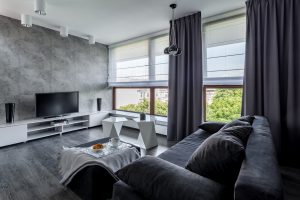 iStock[/caption]
iStock[/caption]
Its look varies from one colour to the next. Violet creates a deep and intimate atmosphere, while an all-white space conveys inclusiveness and airiness.[……]
